Whatever your attitude to the graphic novel, Andrew Sosnowski reckons it's a uniquely creative medium, and these are the five titles everyone should read, whether you know your comics not...
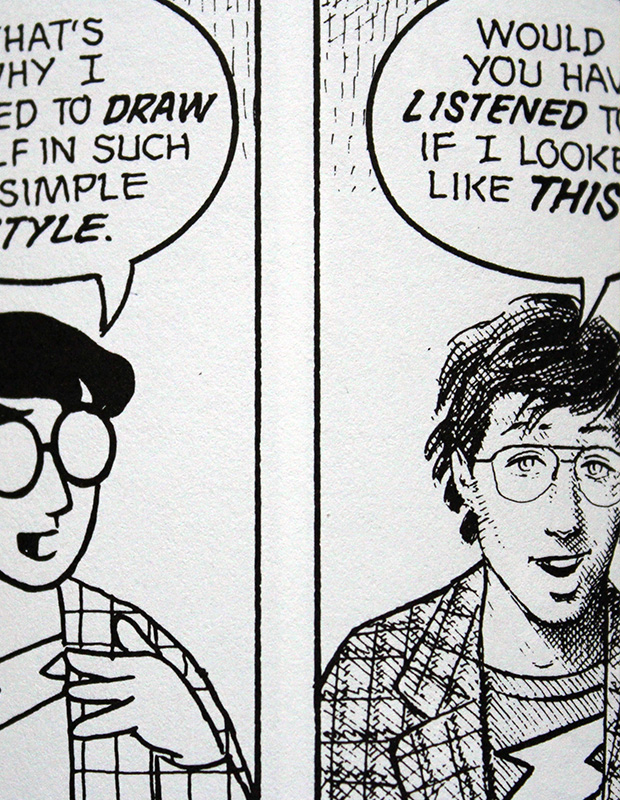
Graphic novels have something of a negative reputation when it comes to being considered as actual ‘graphic design’, but the best examples mix engaging artwork, memorable characters and compelling narrative in a way that no other medium can match. Here are five graphic novels for those who want to see the potential of the medium without getting all wrapped up in capes and spandex.
Understanding Comics
The one-stop-shop for comic book fans, art teachers and the curious everyman alike, Scott McCloud’s comic book on comic books is a meticulously researched, concisely explained masterclass on what comics were, what they are and all the untapped potential of a medium, that, for the most part, is still stuck in the 1950s (mainstream American comics at least). This is a must-read for anyone with an interest in graphic design who would rather be well-informed than snobbishly ignorant.
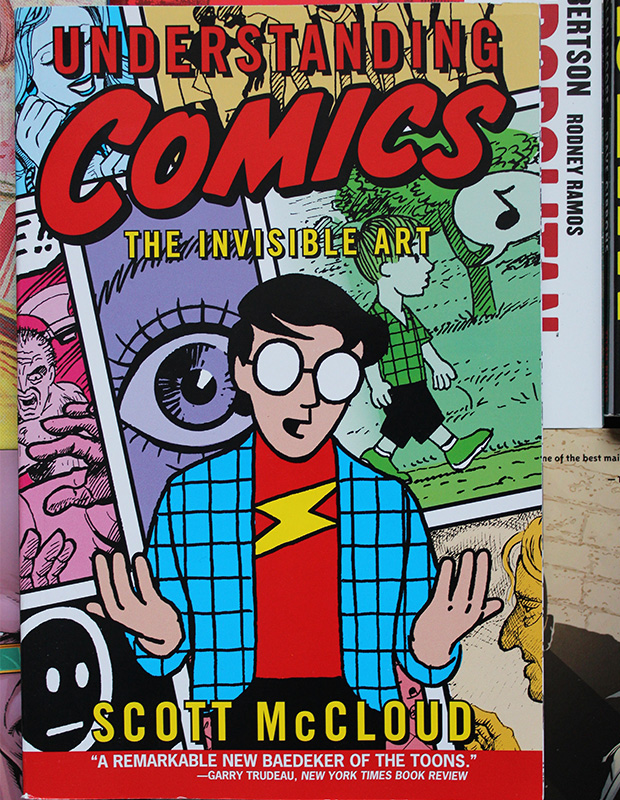
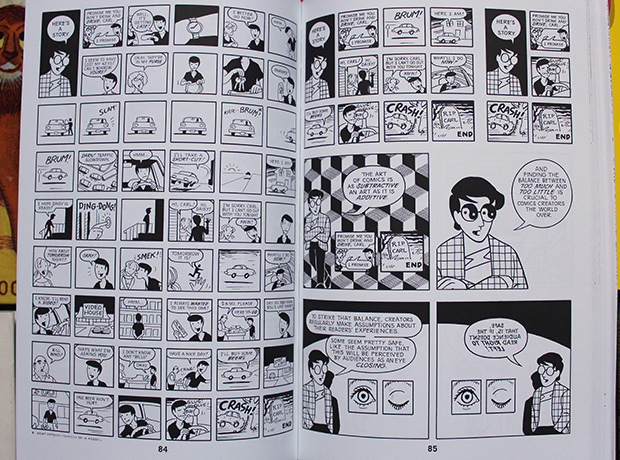
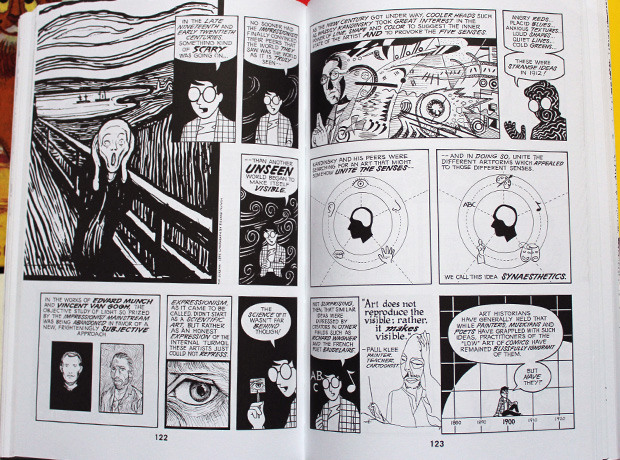
Maus
Art Spiegelman’s Pulitzer Prize-winning graphic novel on his Jewish father’s experiences during the second world war is proof that graphic novels can tackle very serious issues in a sensitive and easily accessible manner. Spiegelman uses a simplistic and endearing art-style, which offsets the sometimes quite difficult subject matter. With normal people in extra-ordinary situations at the heart of this story, you’ll be hard pressed to put this down once you’ve picked it up.
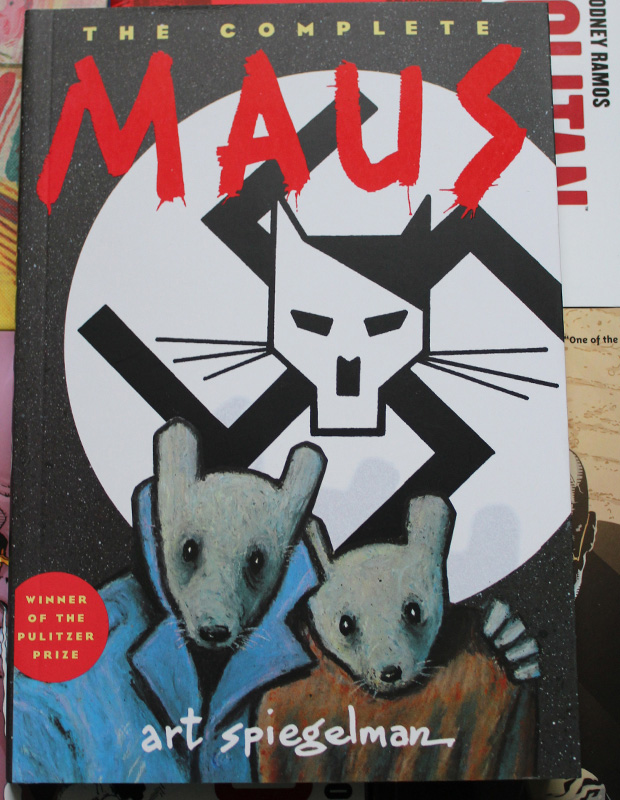
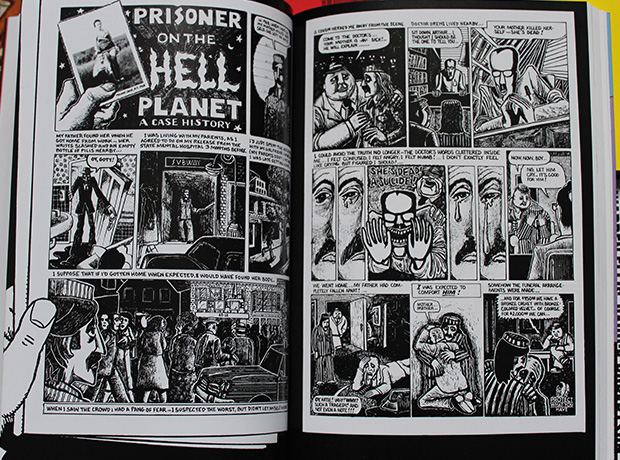
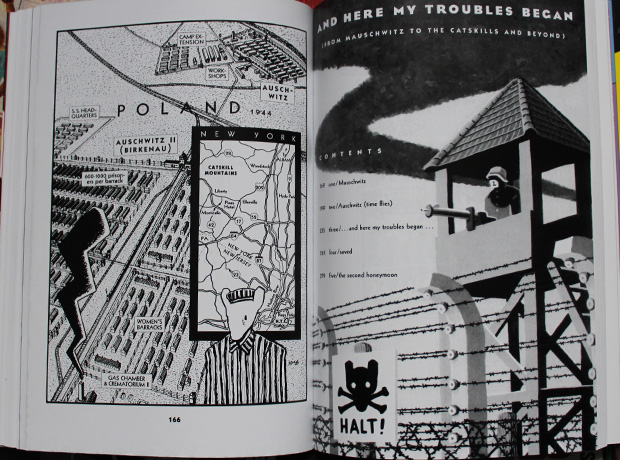
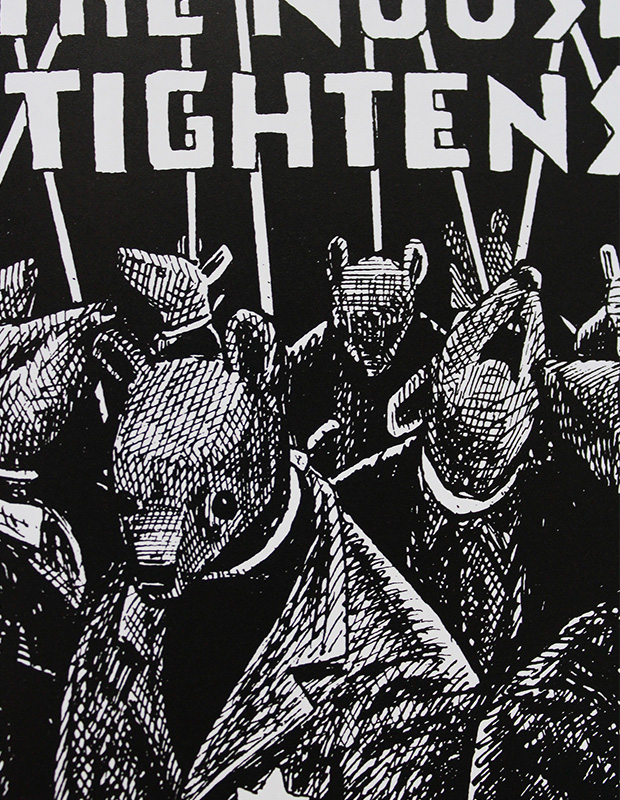
Persepolis
Marjane Satrapi’s autobiographical work detailing her childhood growing up in Iran during the eighties, her exodus to Austria and subsequent return to Iran as a young adult, is not only a moving story of a young girl growing up in difficult times, but an insight into the people, politics and history of a nation which is mostly viewed with suspicion by the West. The simple art style is both pleasing to the eye and echoes the child-like honesty of Satrapi’s narrative. However good the film may be, as is usually the case, the source material tends to be better. Make sure you don’t miss your chance to make that distinction for yourself.
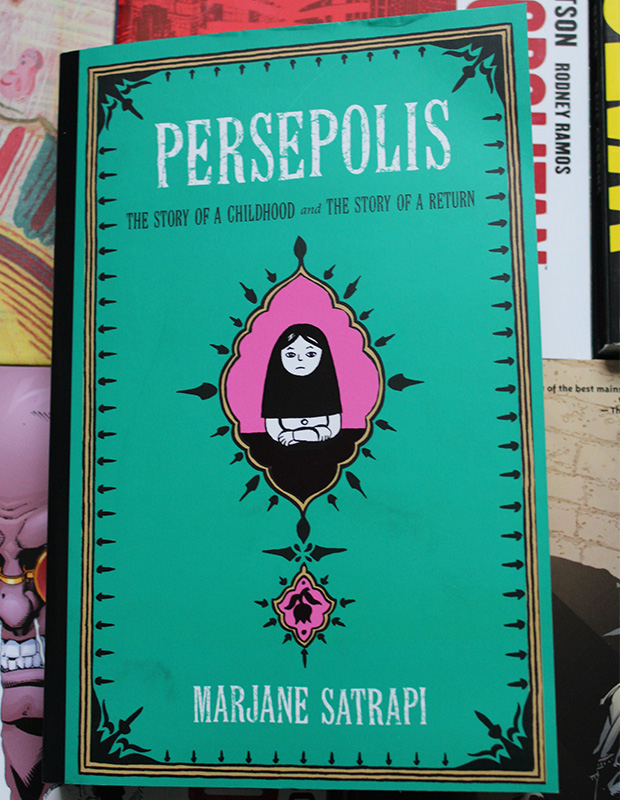
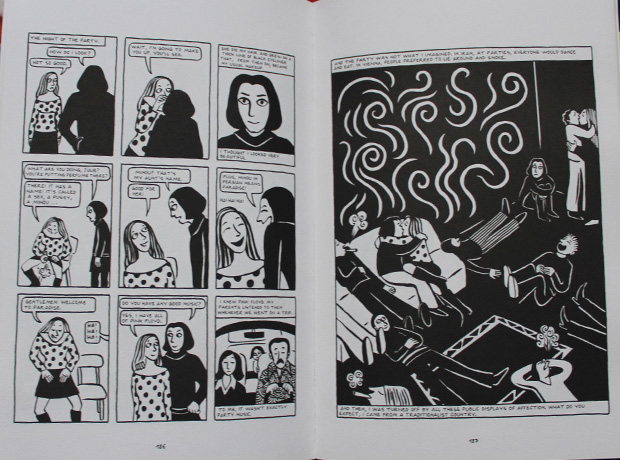
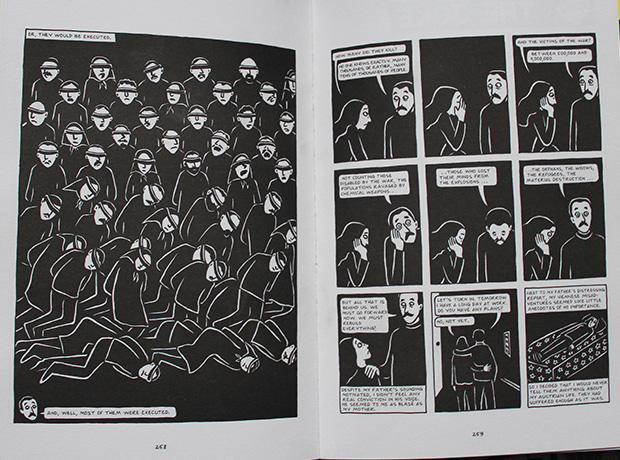
The Sandman
Written by Neil Gaiman and illustrated by various comic book artists during the early nineties, The Sandman helped usher in a new, more sophisticated type of story telling (and reader-base) to the mainstream comic book industry. Looking beyond the artwork, which in some cases, shows its age, will allow the reader to enjoy the strong character development as well as Gaiman’s tantalising use of religious and mythological iconology (do be aware that there is excellent art work within the series, but this is the only example in this list that has more than one artist to illustrate it). The only reason this hasn’t been turned into a film is because even Hollywood knows it couldn’t do it the justice it deserves.
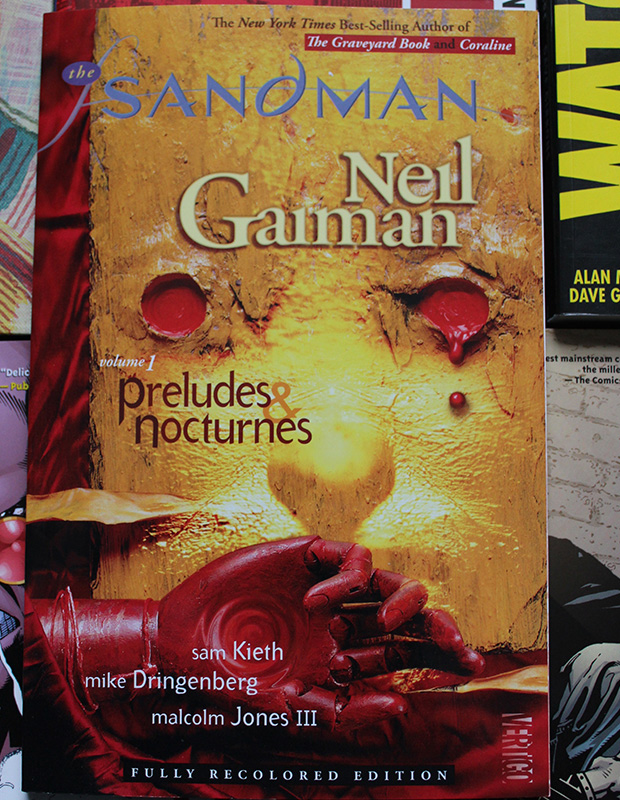
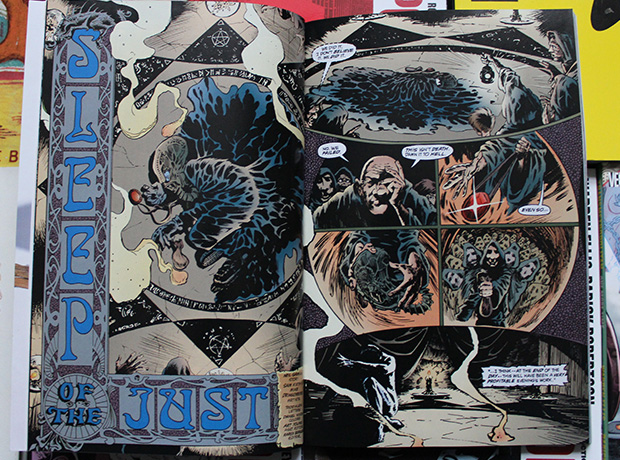
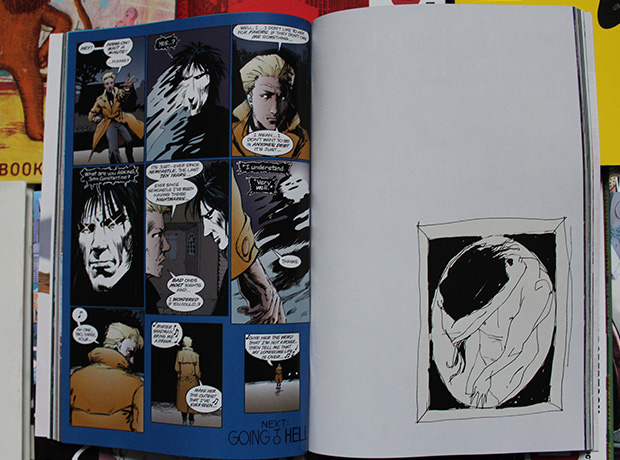
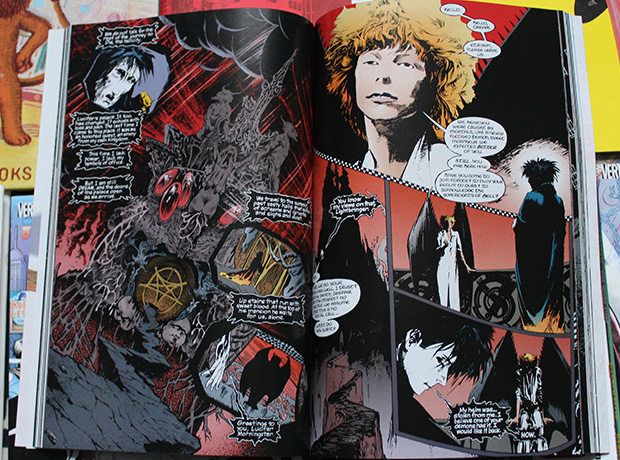
V For vendetta
Writer Alan Moore and illustrator David Lloyd craft an Orwellian tale of a Britain which took a turn for the worst and became a totalitarian state. This is the tale of Guy Fawkes for a new generation. Political in nature and unashamed to tackle big issues, as Lloyd says in the foreword of the book: this book is for people who don’t switch off the news. Don’t be put off by the film with the same name. Rarely is the film as good as the book and in this case, the film was so bad, that Moore refused to have his name in the credits. Moore was another skilled writer who chose to risk his credibility working in the comic book industry when a successful career in traditional prose would have been well within his reach.
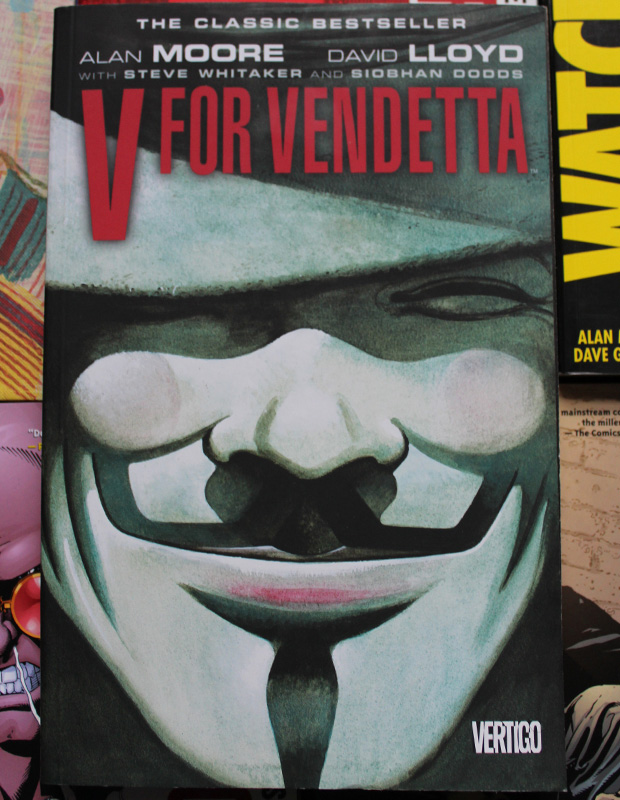
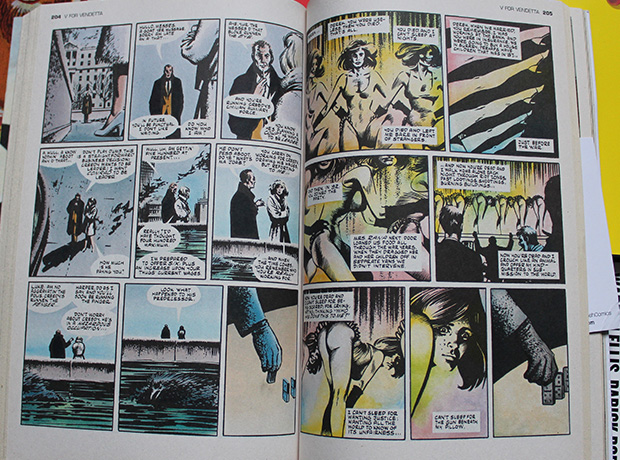
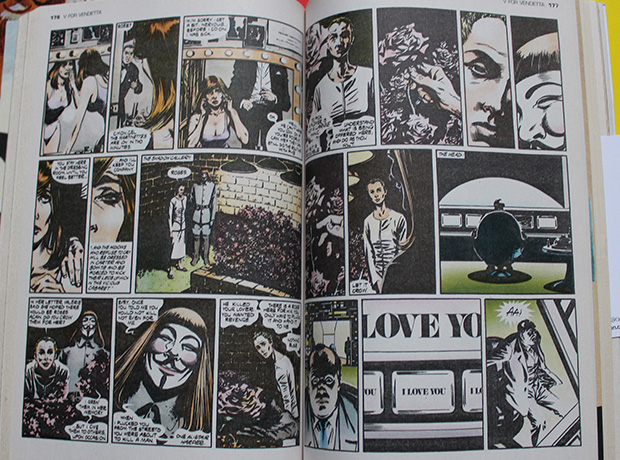
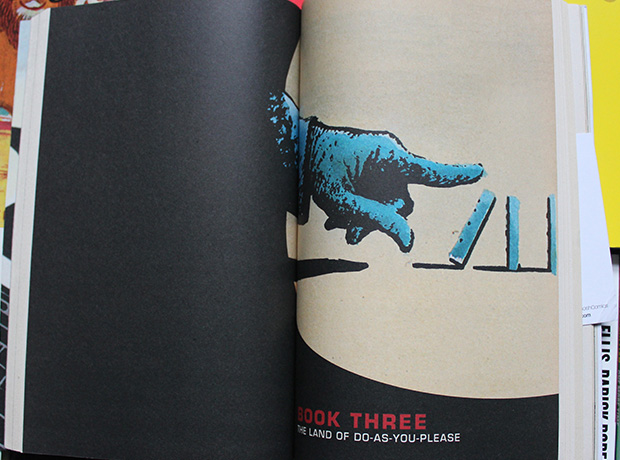
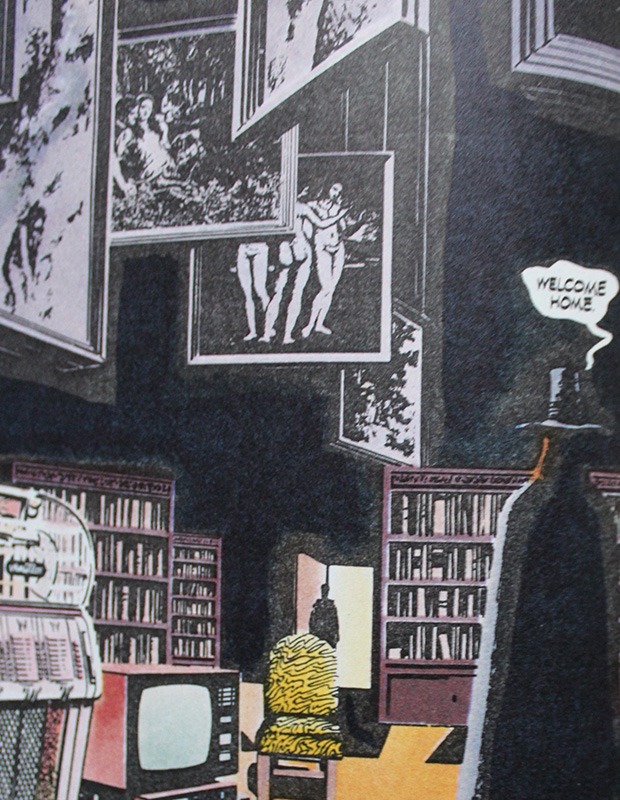
This article was brought to you as part of Press Pass Takeover – by students of the Press Pass studio at The Cass, London Metropolitan University

